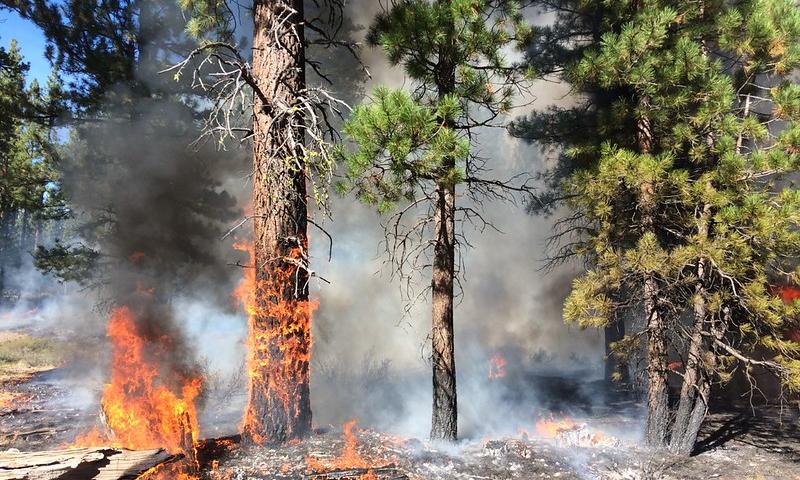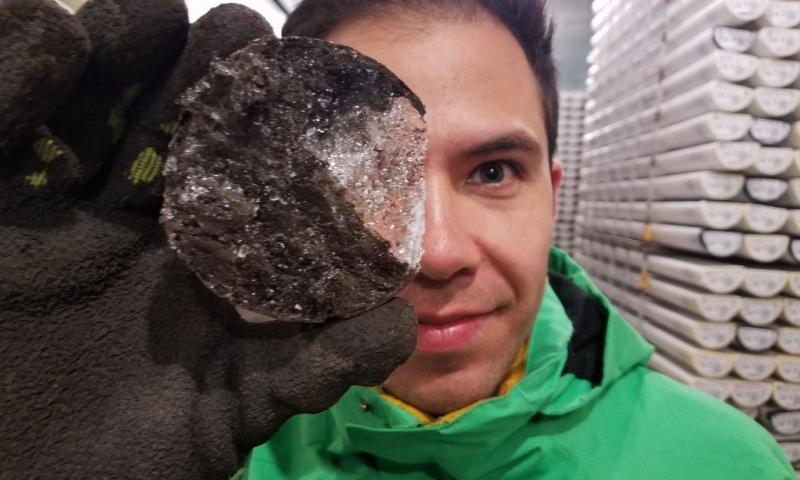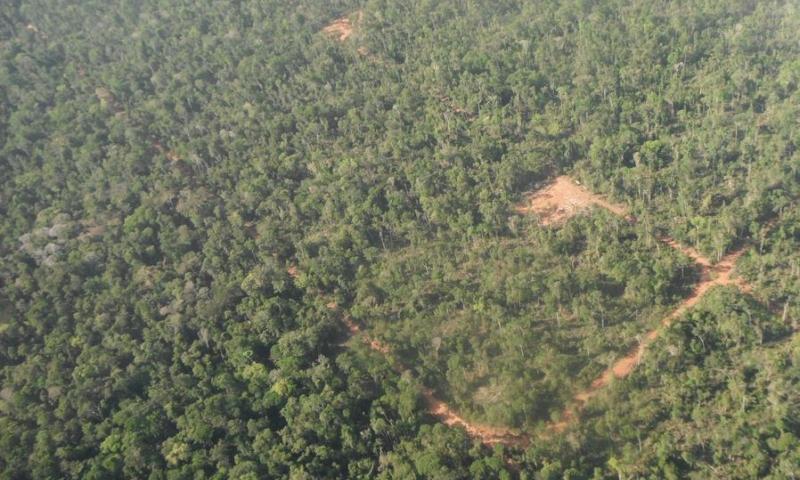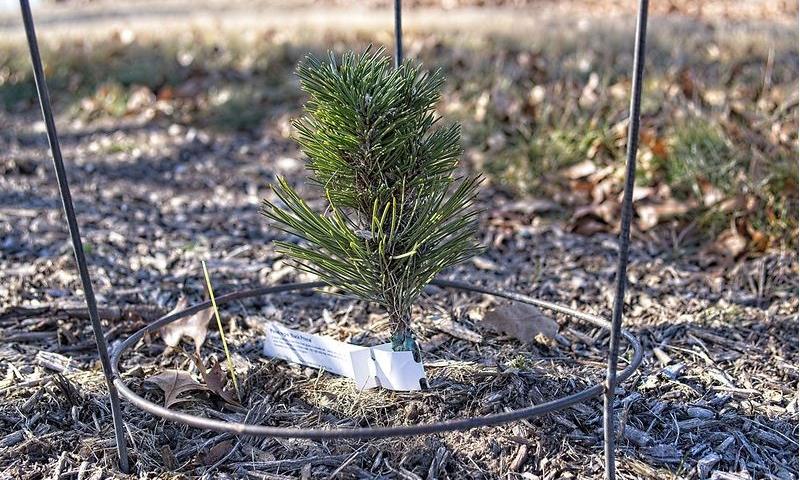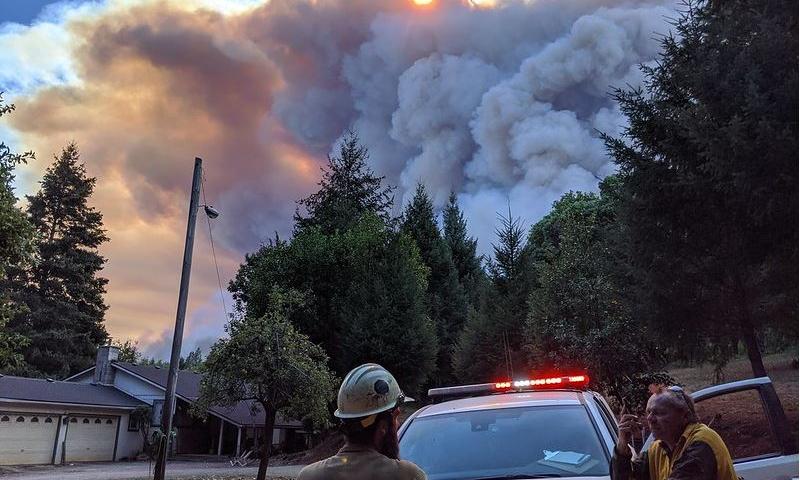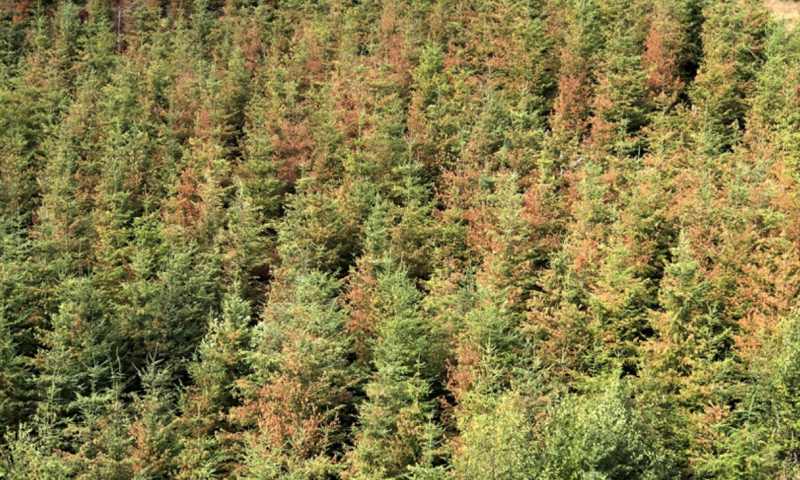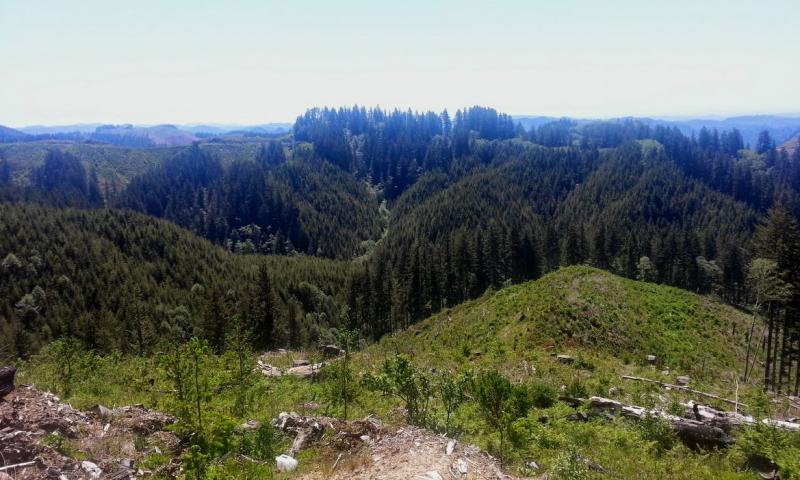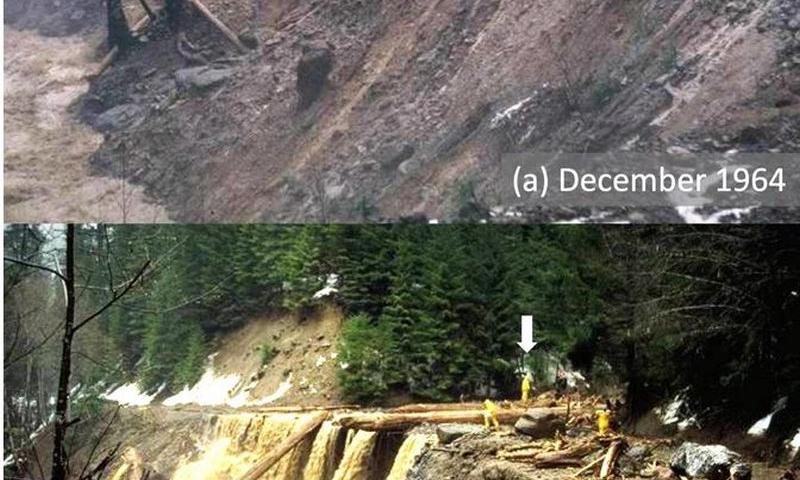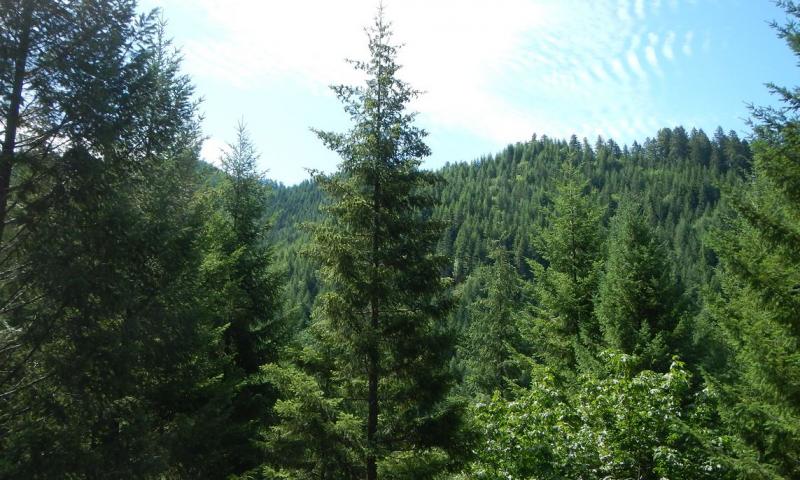To help Oregon’s dry forests, fire needs to be just the right intensity, and happen more than once
Oregon State University research into the ability of a wildfire to improve the health of a forest uncovered a Goldilocks effect – unless a blaze falls in a narrow severity range, neither too hot nor too cold, it isn’t very good at helping forest landscapes return to their historical, more fire-to
